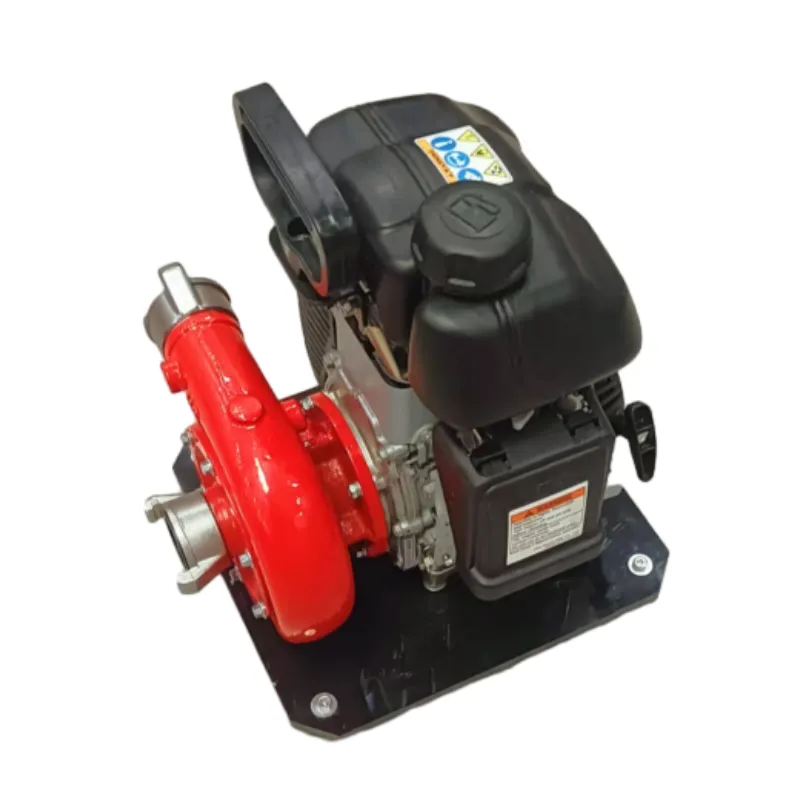

Rescue tools, such as hydraulic cutters and spreaders, are vital during extrication operations following vehicular accidents. These powerful devices can cut through metal and efficiently pry apart wreckage to free trapped individuals. Their capacity to generate immense force allows firefighters to execute delicate maneuvers quickly, crucial in time-sensitive scenarios. Rope and rigging equipment also play a necessary role in many firefighting situations, especially those involving search and rescue in challenging terrains or at heights. Quality ropes made from durable materials are used in conjunction with harnesses, pulleys, and carabiners, providing firefighters with the means to reach victims safely and perform rescues in otherwise inaccessible locations. Personal protective equipment (PPE) cannot be overlooked when discussing types of firefighter tools. Helmets, turnout gear, gloves, and boots are designed to provide maximum protection from heat, debris, and hazardous materials. Advances in materials science have led to the development of lightweight yet highly protective gear, enhancing mobility and comfort without compromising safety. As firefighting continues to evolve, so too will the tools and equipment used by firefighters. Innovation in materials, technology, and design plays a critical role in enhancing the effectiveness and safety of firefighting operations. By understanding the types and uses of firefighter tools, manufacturers and engineers can continue to develop equipment that meets the ever-changing demands of this life-saving profession.





























